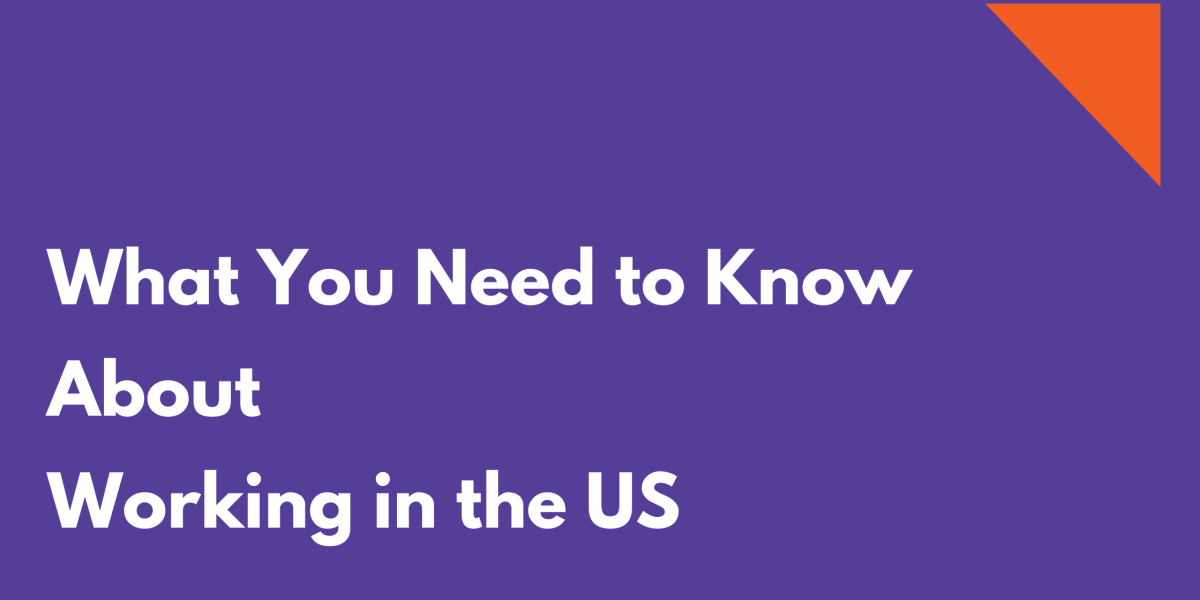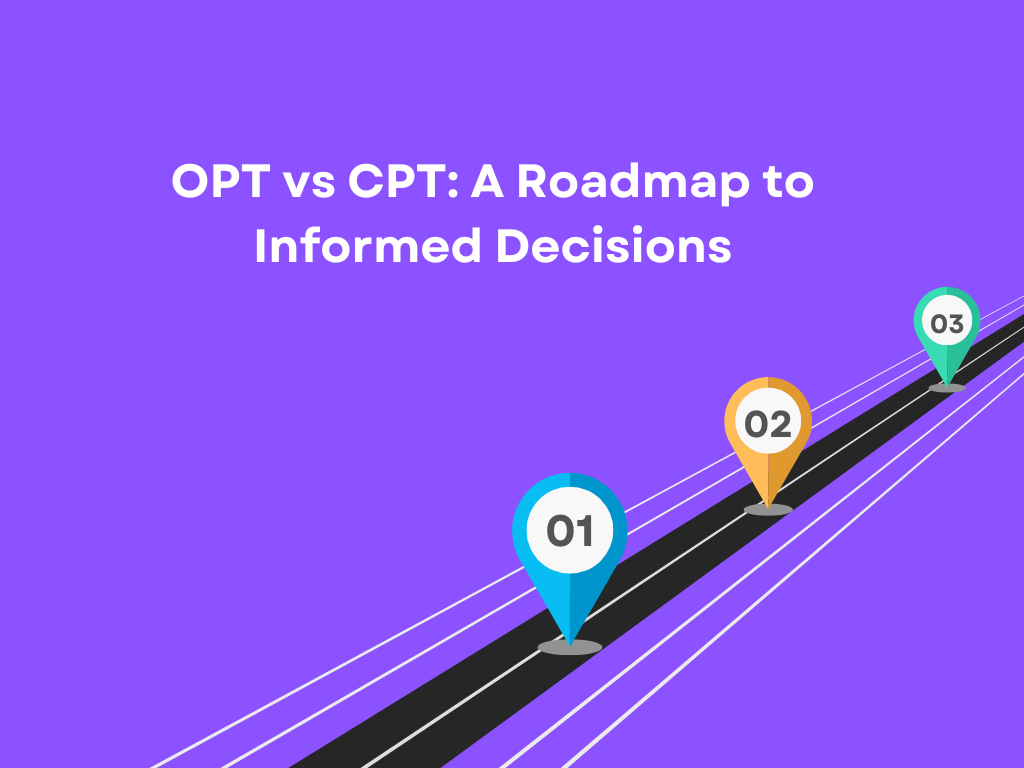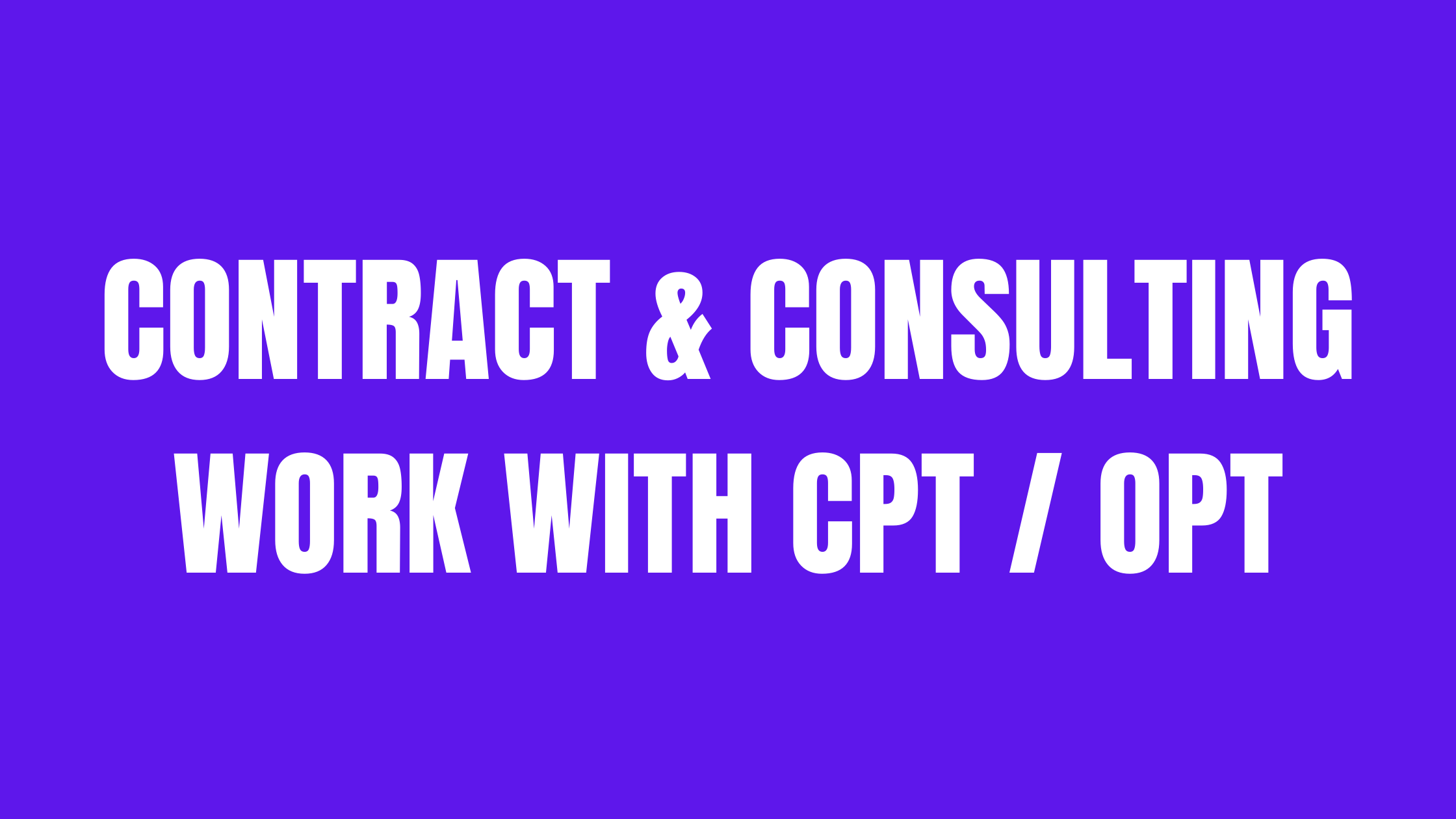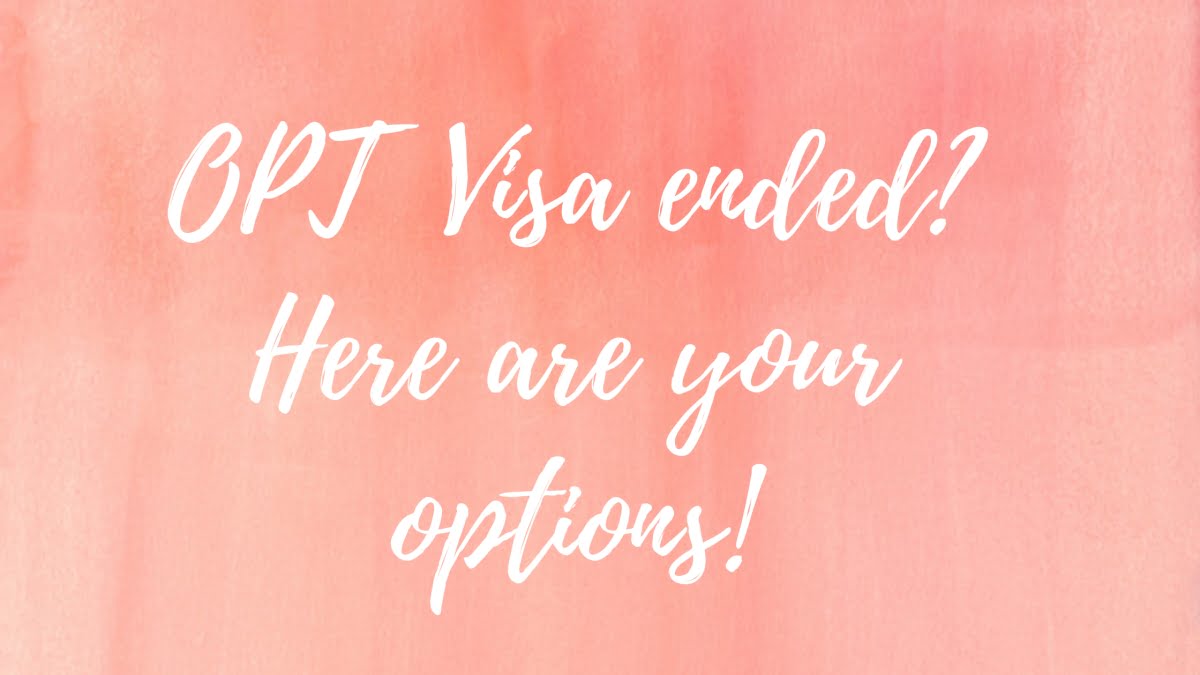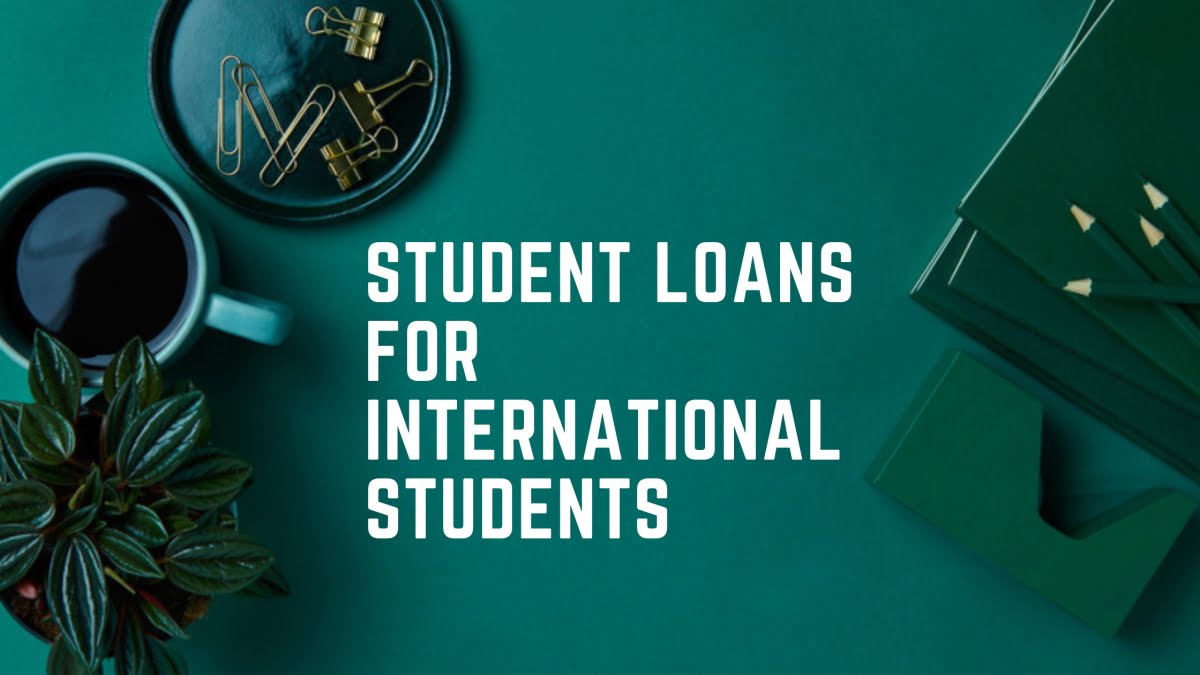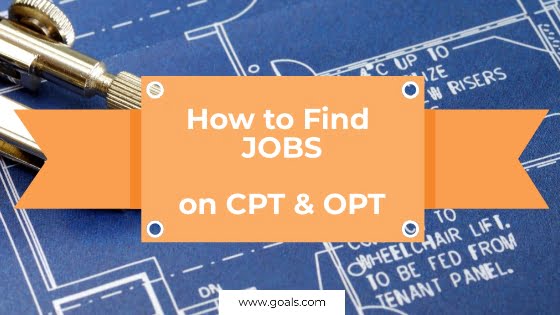What you need to know about working in the US
The dream of studying in the United States is expensive and has several rules and regulations. International students with an F1 visa, sometimes find it hard to meet the expenses, even though they have strong financial backing. It is also not just about the expenses, but also some students wish to work and have a real-time experience of earning and sustaining themselves.
To understand the types of work opportunities available to international students with an F1 visa, let us read further.
What is an F1 visa?
An F1 student visa is a non-immigrant visa, which is issued to international students who wish to pursue academic studies in the U.S. Without an F1 visa, no student can enter the U.S for academic purposes.
There are two different kinds of work opportunities for students with an F1 visa.
- On-campus Employment
- Off-campus employment
- Curricular Practical Training
- Optional Practical Training
On-campus Employment
As the name suggests, on-campus employment means working within the premises of the university. For the first academic year, on-campus employment is the only option available to the students looking for some work experience. Usually, for on-campus employment, there is no requirement for USCIS approval, but in certain universities, the rules may vary. It is better to contact your designated school officer (DSO) and be clear about all the rules. DSO may also put you in contact with departments looking to hire freshers. On-campus employment has a working time limit of-
- 20 hours per week (during semesters)
- More than 20 hours per week (between semesters or winter/summer breaks)
Off-campus Employment
Off-campus employment means getting a job outside the premises of the campus. Off-campus employment is usually not permitted for international students until after their first year. However, there are some programs that require experiential learning thus allowing students to work as early as the start of their program. The two options for students to gain employment off-campus include
- Curricular Practical Training
- Optional Practical Training
What is CPT?
Curricular Practical Training or CPT is a kind of internship specifically designed to provide students with opportunities to train themselves in a specific field. It is a training program to gain work experience related to the field of study opted by you. It is a part of the curriculum and must be completed before the completion of the entire program. It can be paid or unpaid depending on the kind of internship selected. Not all programs have CPT. It completely depends on the course you are pursuing.
What is Day 1 CPT?
Day 1 CPT is commonly heard in the U.S among international students. It simply means that you can pursue CPT from your very first day in the program. It means that from the beginning of the program, you have options to apply for internships/training. Not every university offers the option of Day 1 CPT. Thus, it is better to go through the requirements of the programs for of the university well in advance.
What is OPT?
Optional Practical Training or OPT is a kind of temporary employment that is related to the field of study. International students generally opt for OPT as it grants them an extended time of 12 months to stay in the US and gain expertise in their field of study. OPT is further divided into three types-
- Pre-completion OPT
- Post-completion OPT
- STEM OPT
- Pre-completion OPT allows international students with an F1 visa to work alongside their field of study. It can be full-time or part-time during vacations but restricted to 20 hours per week (not more than 12 months). You can also pursue part-time OPT while the course is in session or it can be taken up full-time after completion of the course but before submission of the dissertation.
- Post-completion OPT is taken up after successful completion of the course of study. It cannot be started until you receive your Employment Authorization Document (EAD). It is thus important to submit all the necessary documents to USCIS in time for approval.
- Time to apply– before 90 days of the course completion
- Deadline for application to be received by USCIS– Within 30 days of the date, OPT I-20 is issued and up to 60 days after the program end date.
- Science, Technology, Engineering and Mathematics OPT or STEM OPT provide an additional benefit to the students. Their stay in the US can be extended from a year up to 24 months if the student is enrolled in any of the courses mentioned here.
In short, it allows a student to stay in the U.S and gain experience for a total of 36 months.
Working in the U.S may seem difficult and full of rules. But, once you make up your mind to pursue employment in the US, then it is all about following the process and submitting documents within the time frame.
- Deadline for application to be received by USCIS– Within 30 days of the date, OPT I-20 is issued and up to 60 days after the program end date.
- Pre-completion OPT allows international students with an F1 visa to work alongside their field of study. It can be full-time or part-time during vacations but restricted to 20 hours per week (not more than 12 months). You can also pursue part-time OPT while the course is in session or it can be taken up full-time after completion of the course but before submission of the dissertation.
- Curricular Practical Training
